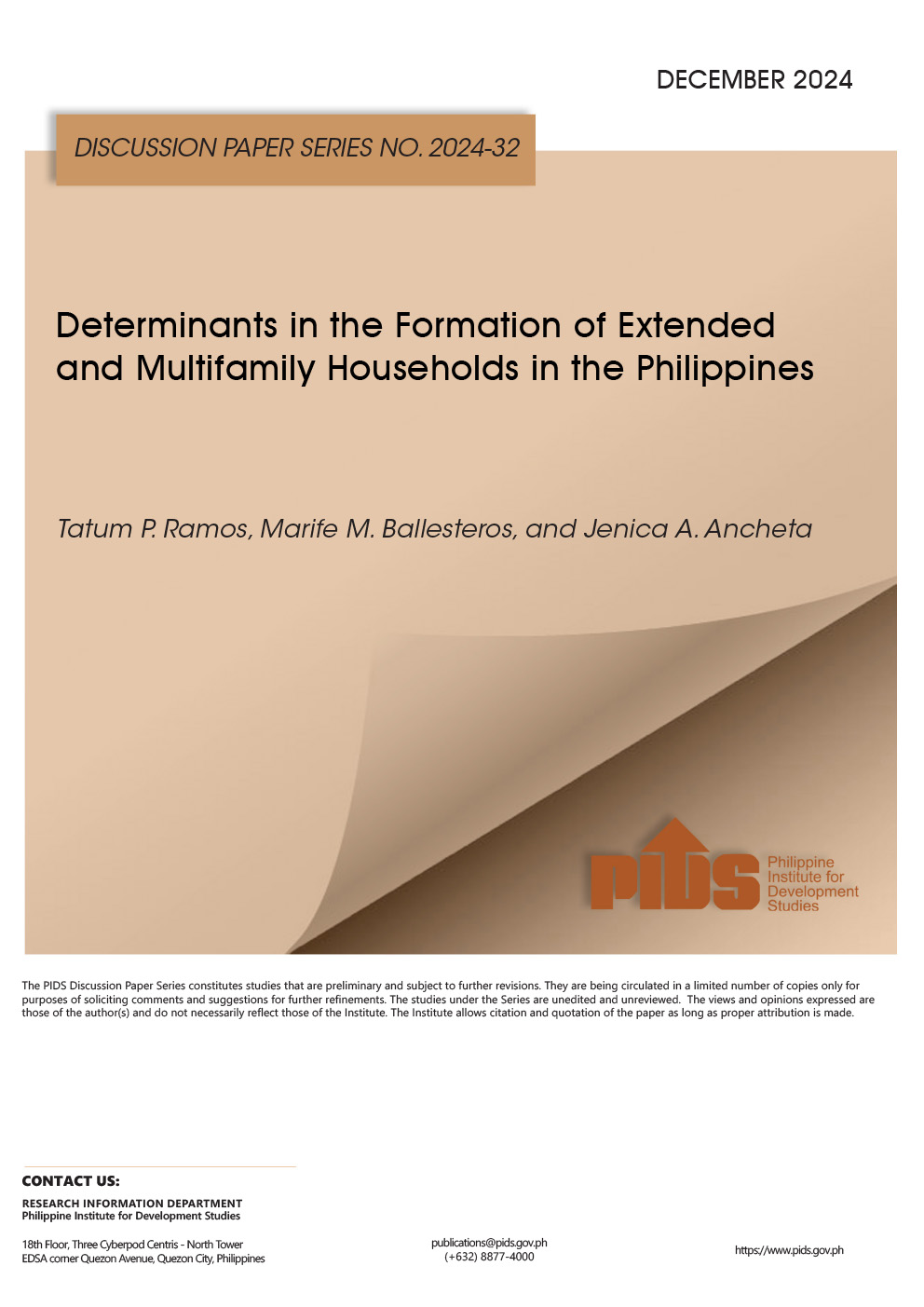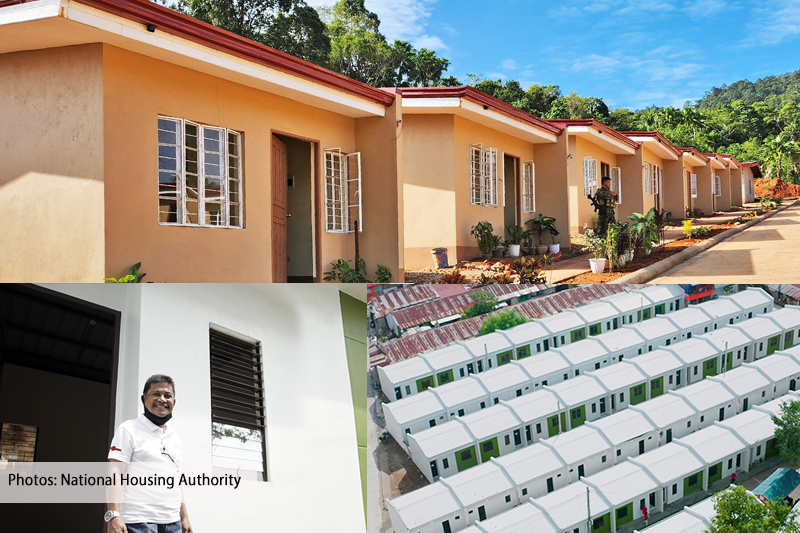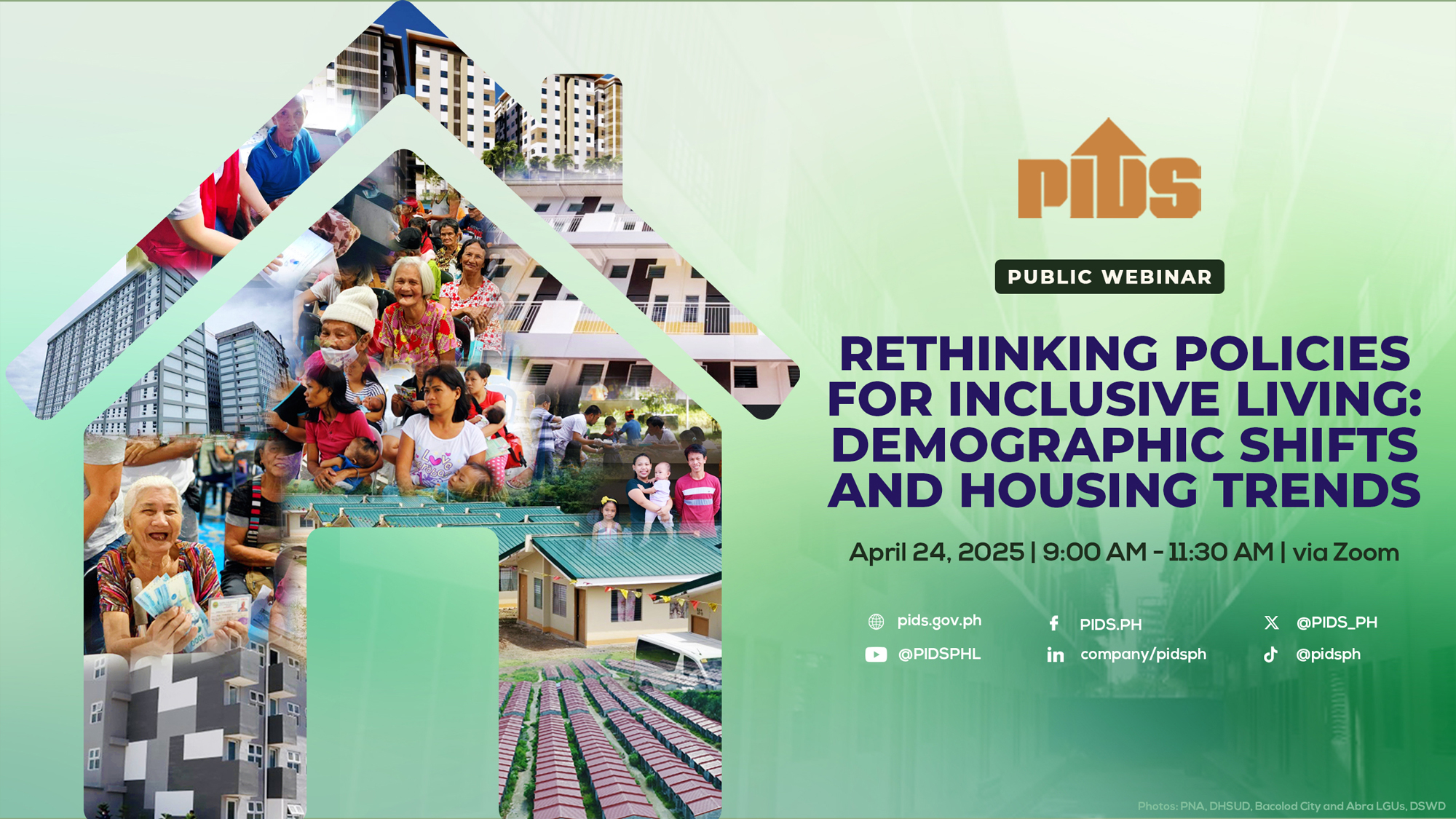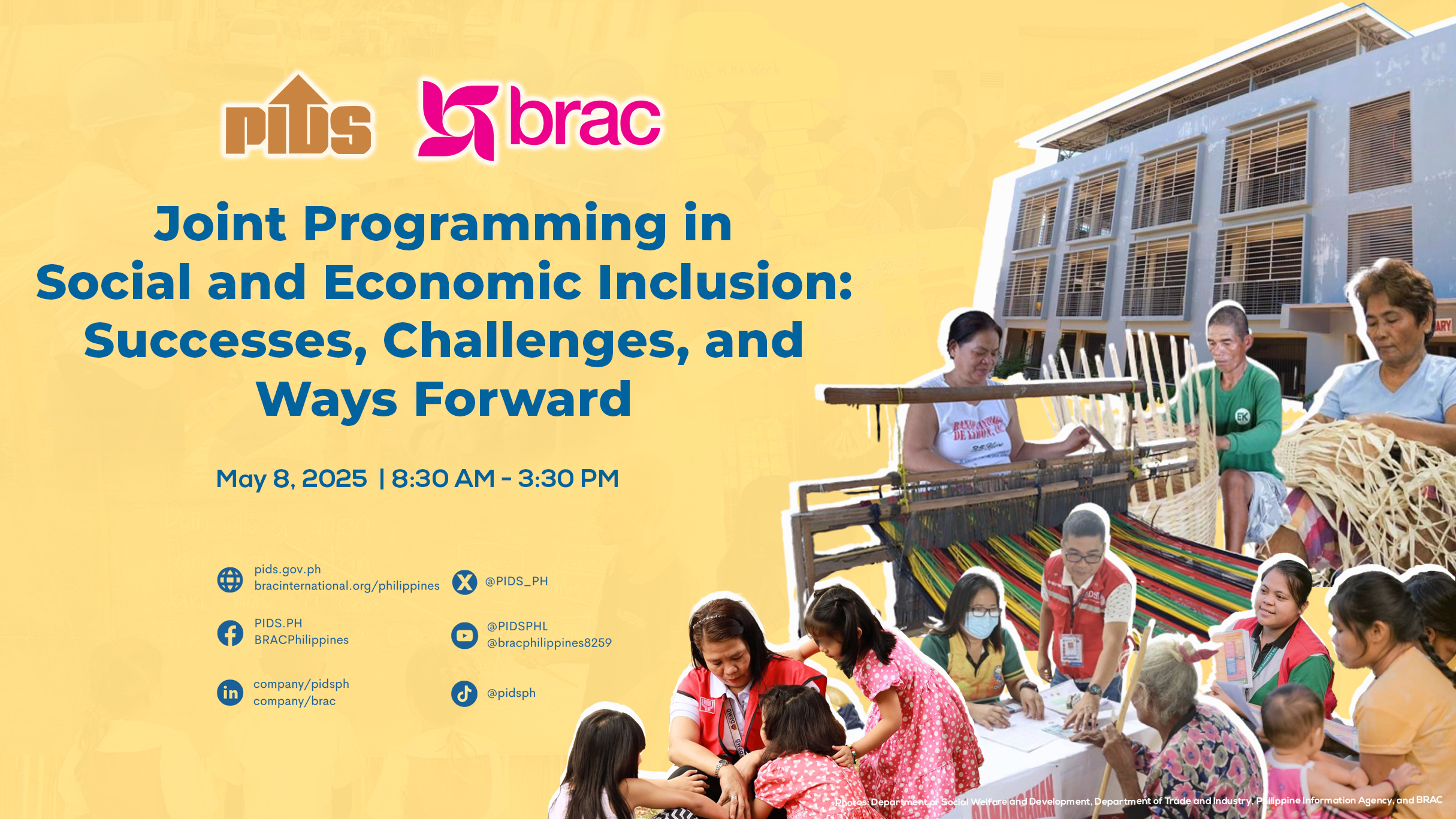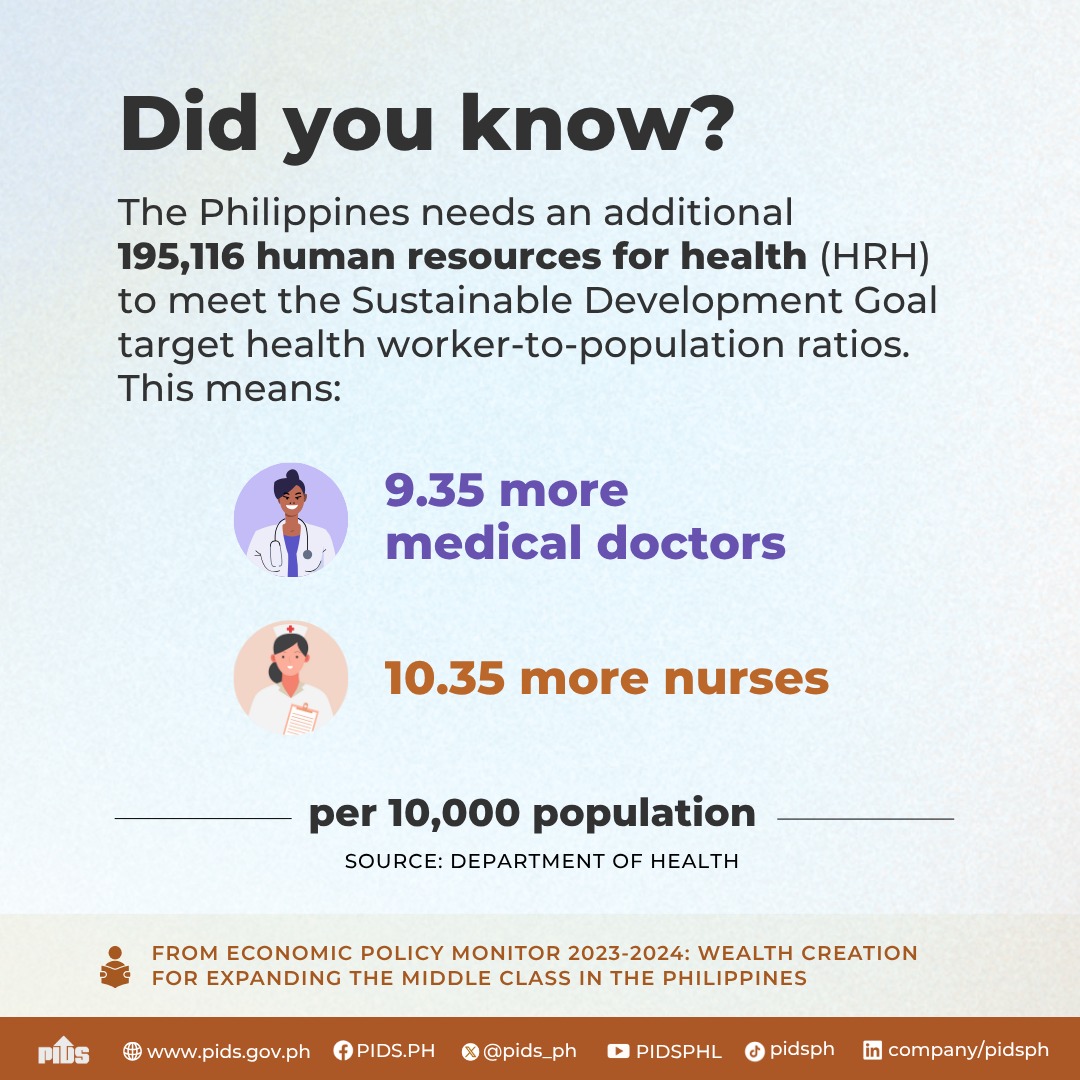With young Filipinos delaying independence and older generations aging rapidly, experts warn that the Philippines may be on the brink of a major housing crisis fueled by deep demographic shifts.
At a recent Philippine Institute for Development Studies (PIDS) webinar titled “Rethinking Policies for Inclusive Living: Demographic Shifts and Housing Trends,” researchers called attention to the growing mismatch between current housing policies and evolving household structures.
“The Philippines is still in the early stages of demographic transition,” said Dr. Marife Ballesteros, PIDS vice president and lead author of a study on demographic and housing trends.
She explained that by 2030, the country will be entering a phase marked by a rapidly aging population, a slowdown in household formation, and increased pressure on housing affordability.
In 1980, around 73% of Filipinos aged 25 to 34 were heads of households; by 2020, that figure had dropped to 59%.
Ballesteros warned this trend could lead to lower birth rates, slower economic growth, and social instability as older adults outnumber younger workers and fewer families are formed.
She stressed that policies based solely on population growth metrics are misleading, noting, “We cannot continue planning without considering the most vulnerable… They have to be seen in the data, and they have to be part of the planning process.”
Dr. Mary Racelis, a veteran urban anthropologist from the University of the Philippines Diliman, echoed the call for more inclusive and community-grounded housing solutions.
“For the urban poor, housing is not just houses,” she said. “It is the community setting environment of the economy, where people work, get their income, have access to services.”
Racelis criticized relocation programs that separate families from jobs, schools, and healthcare, calling instead for in-city upgrading strategies that preserve livelihoods.
She described informal settler communities as “economic hubs,” where home-based workers like welders and beauticians rely on proximity to their clientele.
Adding a private sector perspective, Housing Developers Association Executive Director Santiago Ducay proposed allowing group housing loans not just for family members but also for friends and nontraditional arrangements.
Ducay also highlighted the untapped potential of 2 million government-owned housing units classified as acquired assets, which could be repurposed to serve the elderly and low-income earners.
“There is a need to rethink retirement housing, offer integrated healthcare services, and ensure these developments are livable and accessible,” he said.
The PIDS study further noted that while family-type households typically live in owned or amortized housing, they often suffer from space insufficiency, especially in urban areas where larger units remain unaffordable for many.
In contrast, elderly households tend to live alone or with fewer members, making them more likely to reside in adequately spaced dwellings—a reflection of the so-called “empty nest” phenomenon.
Experts stressed that failing to address these evolving patterns will only deepen the country’s estimated housing backlog, which stood at 12.4 million units in 2023.
“A city is not just its buildings—it is its people,” Racelis reminded. “If we continue ignoring the housing needs of 60% of our population, we are not just failing those communities, we are failing our collective future.”


